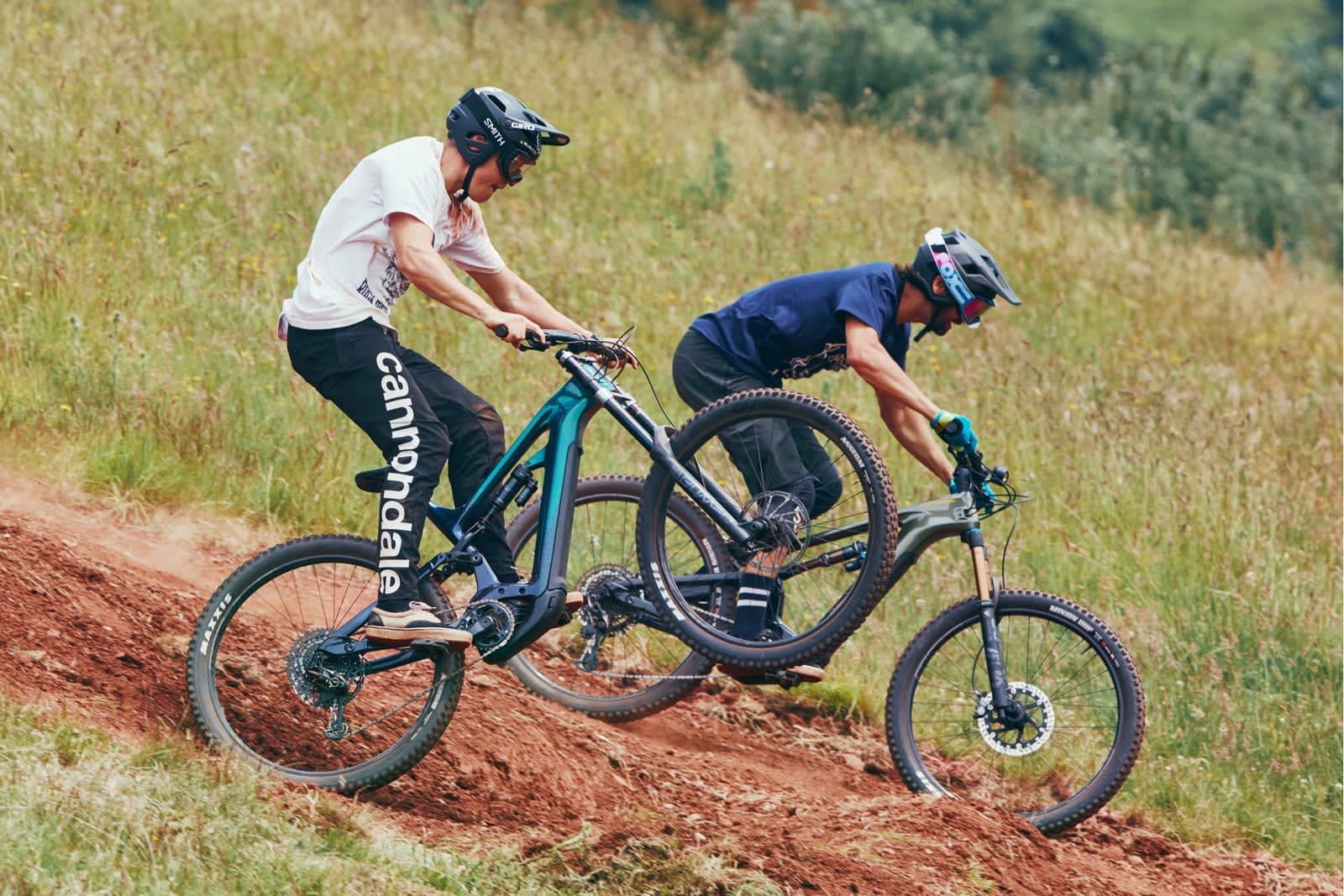Getting a road bike can be a big commitment, especially because of the fact you are starting into a new hobby and passion.
Everyone needs to start somewhere and hopefully, this guide is a good place to start. There are many different questions that beginners ask and these guidelines should cover the main ones. You can visit https://www.speed-e.ch/speed-e-ebikes/e-bike-45km-h/ to get mountain e-bike for your child.

Image Source: Google
Here are some things to think about when looking to choose your road bike:
Your bike Compared To Level Your Skills
A road bike should always be chosen with due regard for the weight of your skill level. If you are a beginner you will want a bike path that is reliable, convenient, is the right price and have enough gear to help you get over the hill challenge.
Biker level low
Choosing a low-level street bike can be tricky because many road bikes are very expensive these days. However, all is not lost because you can get some great road bikes for a decent price if you look around.
Medium Level Biker
Biker intermediate level is someone who has had a good amount of experience with bicycles and various other types including mountain and triathlon. Medium-level bikers should see a road bike in the middle distance that anything up to 500.
High-Level Biker
If you are enthusiastic about cycling and it is a big part of your life, but you’re looking for a road bike then you should make sure you get the best possible.
